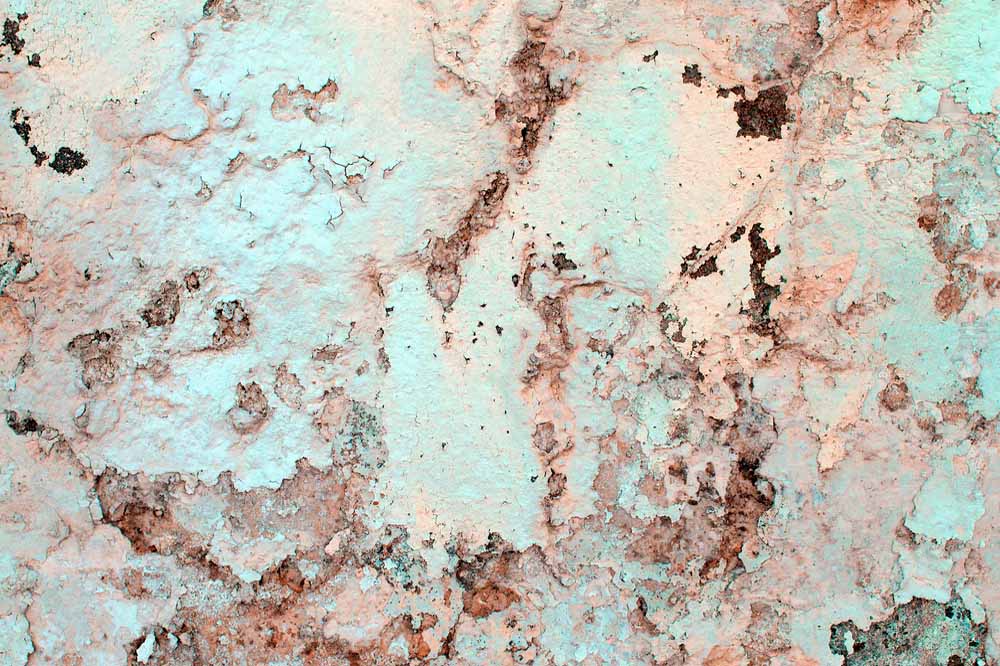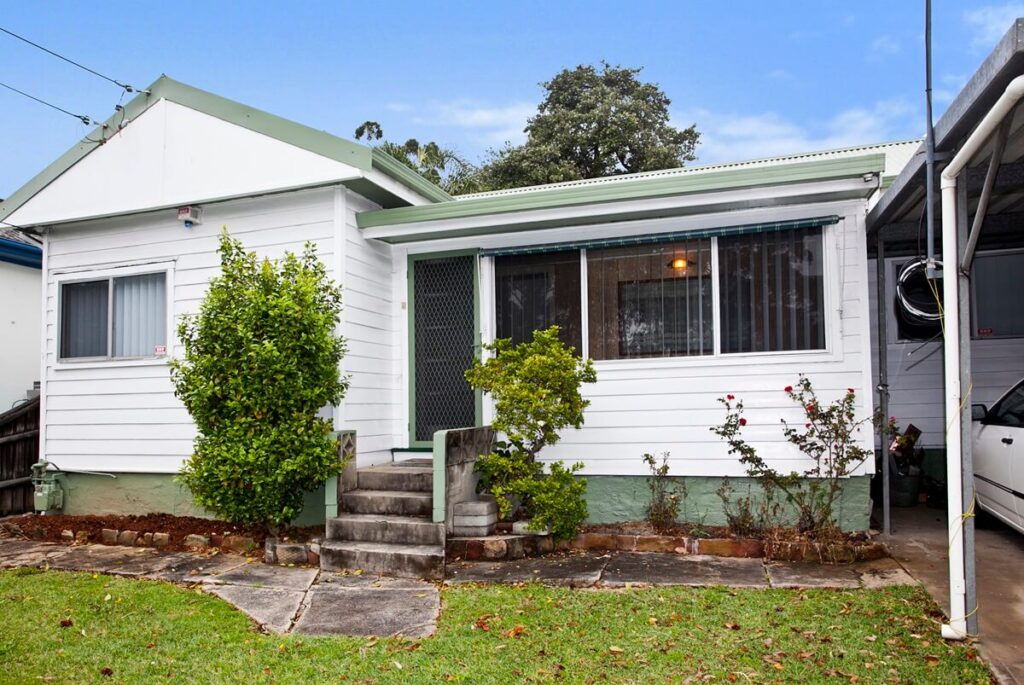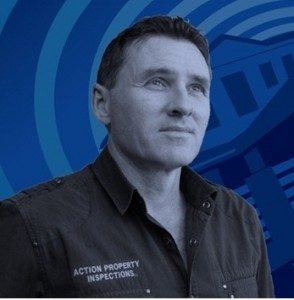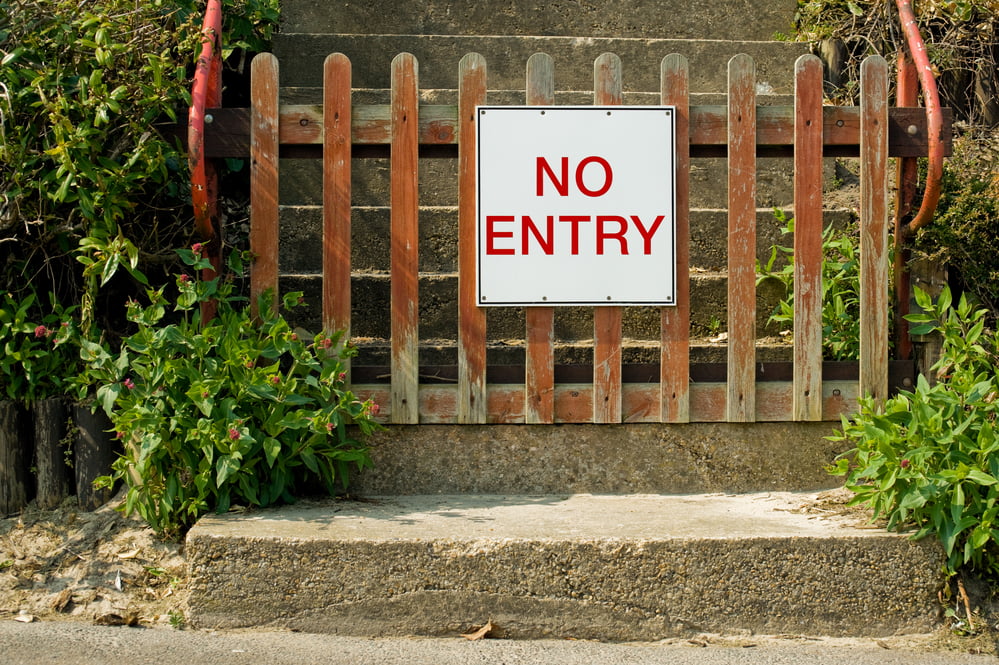Concrete Cancer Goes Beyond Coastal Concerns
If you thought your home or apartment was safe from concrete cancer because you’re not on the coast, brace yourself for some bad news. It has been widely reported that apartments in coastal areas showed no discernible difference in rates of concrete cancer when compared to their metropolitan Brisbane counterparts.
Concrete cancer has traditionally been blamed on the moist, salty sea air associated with our love affair with coastal living. Unfortunately, there’s a new kid on the block : carbonisation caused by motor vehicles.
That’s something you should be very worried about if you live in, or are thinking of buying into, an apartment complex in Brisbane.
Note that Action Property Inspections is a specialist service for pre-purchase building inspections in Brisbane. We do not offer concrete inspections as a stand-alone service.
What is concrete cancer?
‘Concrete cancer’ is the term given to a range of defects in steel-reinforced concrete that ultimately undermine its structural integrity.
Concrete has been around for thousands of years, but the addition of steel reinforcement to the mix is a much more recent development. It was introduced to combat the negative effects of expansion and contraction of the concrete: cracking being the main one.
Unfortunately, there was an unforeseen side effect of adding steel reinforcement to the construction process: concrete cancer. Click here to read more about concrete cancer and why it can be such a serious and expensive problem.
What we thought we knew about causes of concrete cancer
The finger of blame for concrete cancer has always been pointed at a combination of moisture and air. Put simply, steel isn’t meant to get wet because it rusts. If water is able to get into the concrete, the combination of water and oxygen attacks the steel, causing it to rust. This is a process called oxidation or oxidisation.
When the steel reinforcement rusts, it expands dramatically. Unfortunately it will get to a point where the surrounding concrete can’t accommodate that expansion anymore, so it cracks. Once cracked, the process is accelerated because even more moisture and air gets in. The higher concentration of salt in the air and soil in coastal suburbs was always thought to be a leading factor of concrete cancer because salt also accelerates this process.
However, that alone doesn’t explain why concrete cancer is just as much a destructive force in metropolitan Brisbane as it is on the coast. And that’s why it makes sense that there are other causes of concrete cancer at play. It seems there’s bigger, badder villains lurking in the wings.
Emerging causes of concrete cancer
The latest research points the finger of blame for concrete cancer at ‘carbonisation from motor vehicles’. Other studies go even further than that and suggest that concrete cancer is also being caused by ‘chloration’ and even ‘climate change’. Heat and humidity also continue to play a major role in incidences of concrete cancer.
Carbonisation and concrete cancer
Carbonisation (or carbonation) has been described as the process by which carbon dioxide enters concrete and causes a chemical reaction within the concrete. That chemical reaction converts the calcium in the concrete to calcium carbonate. This effectively changes the pH (acidity or alkalinity) of the concrete, lowering it to a level where it will begin to attack the steel reinforcing.
It’s the carbon dioxide in the air, or even in water, that becomes the tipping point that makes your steel reinforced concrete apartment susceptible to concrete cancer. And it’s all around us. Carbon dioxide is widely regarded as one of the most prevalent of all greenhouse gases. It’s not going to go away anytime soon. Carbon dioxide levels are continuing to rise. This is due to:
- Widespread deforestation – i.e.. cutting down the trees that process carbon dioxide in the air and convert it to oxygen via a process called photosynthesis;
- The industrialisation of countries such as India and Bangladesh and their growing demand for fossil fuels; and
- The manufacturing process for concrete itself which actually leads to further carbon dioxide emissions.
Most of all, it’s our increasing reliance on fossil fuels such as oil and coal for our energy and transportation needs that’s behind many cases of concrete cancer.
The Australian Bureau of Statistic’s 2015 Motor Vehicle Census reports a 12.1% increase in the number of motor vehicles registered over the last 5 years (Source: www.abs.gov.au/ausstats/abs@nsf/mf/9309.0 ) Queensland was the third highest in terms of the increase in cars on our roads in that period. Australia-wide, more than 77% of registered vehicles are petrol powered emitters of carbon dioxide. We’re all at least partly to blame for the scourge that is concrete cancer.
Chlorination (or chloration) and concrete cancer
It’s not just cars though. The latest thinking is that chlorination (also known as ‘chloration’ or ‘chloride attack’) is also a leading cause of concrete cancer. In much the same way as carbon dioxide causes a chemical reaction in the concrete, so too do any chloride ions or chloride-based compounds that come into contact with the concrete.
Again, it kick starts a process whereby the pH of the concrete is lowered to the point where it actually becomes more acidic and less alkaline, attacking the steel reinforcement within the concrete and causing it to rust.
As a matter of course, our Brisbane water supply is now chlorinated to protect against water-borne organisms that cause disease. This means that the concrete in your building could be being exposed to chlorine on a daily basis, particularly where there’s a broken pipe or water leak. Add to that the fact that many pool and concrete cleaning products contain chlorine bleach and you have a recipe for a disaster when it comes to concrete cancer.
What the latest news about concrete cancer means for you
Concrete cancer in a building can be incredibly expensive to repair. The detection of any cracking or water ingress at the earliest point in time is an incredibly important way to prevent concrete cancer from developing in the first place. But whose responsibility is it? If you live in or are buying into an apartment, the responsibility for maintenance and repairs generally falls to the body corporate.
If there’s one thing you should take away from the recent Courier Mail article, it’s that most body corporate groups are ill-equipped to deal with concrete cancer. They grossly underestimate the need for vigilance and often fail to implement an ongoing regime of prevention and maintenance. And far from recognising it as a problem that could affect their building, they turn a blind eye and don’t set aside contingency funds to deal with it down the track.
Concrete cancer is also something that can be very successfully hidden from a potential purchaser. Only an experienced, accredited and professional building inspector can recognise the signs of concrete cancer, even in the face of a concerted effort by a vendor to hide it.
If you’re thinking of purchasing a Brisbane apartment, don’t think for a second that concrete cancer won’t affect you. It’s not just on the coast. It’s everywhere. Getting a professional building inspection done before you commit to buying is essential.
At Action Property Inspections, we’ll conduct a comprehensive inspection and prepare a detailed report. That way you can make a fully informed decision as to whether to go ahead with your apartment purchase.
If you’re concerned that your property might be affected by concrete cancer, call Action Property Inspections today on 1800 642 465.












